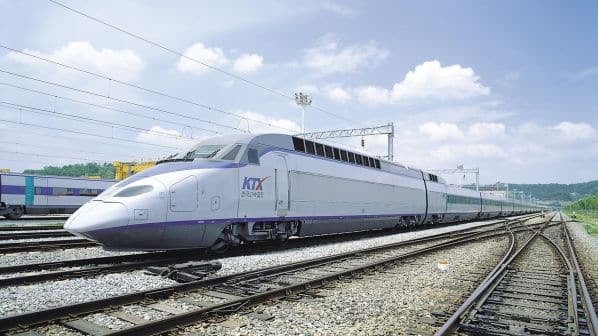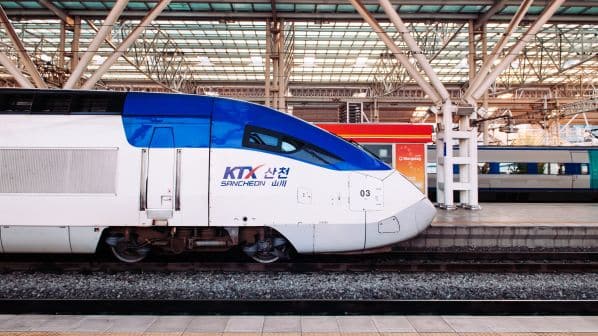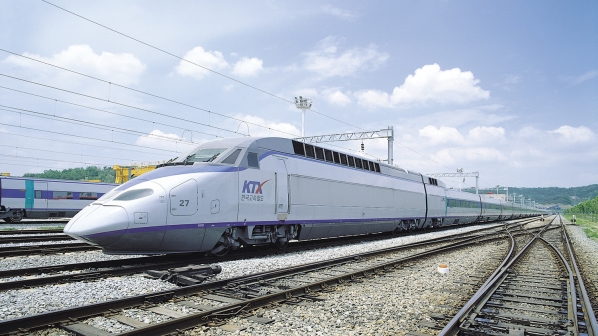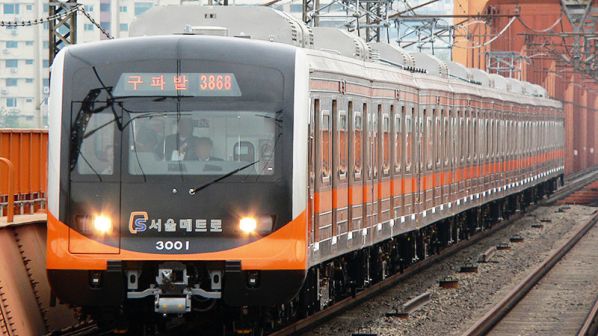HYUNDAI Rotem has announced that the LTE-based wireless Korean Train Control System 2 (KTCS-2) has entered service on a 180km section of the conventional Jeolla Line between Iksan and Yeosu.
The Korean supplier has been participating in the Ministry of Land, Infrastructure and Transport's (Molit) train control system standardisation research and development project since 2012.
The ministry selected the Jeolla Line as the KTCS-2 pilot route in December 2020, and entry into service of the new signalling system marks the final step before it can be put on the market, according to Hyundai Rotem.
The trials have involved installing KTCS-2 equipment on Korail KTX1 trains.
Two-way wireless communication in real time between the train and the control centre will enable service headways on both conventional and high-speed lines to be reduced by as much as 23%, increasing capacity while improving both safety and operational efficiency.
By removing the need for track-mounted balises, KTCS-2 is expected to reduce installation, operating and maintenance costs. It would also enable a standard signalling system to be rolled out across the Korean rail network.
Hyundai Rotem says that interoperability is at present difficult to achieve in Korea as high-speed lines and other railways have been equipped with different signalling systems from overseas suppliers.
It will now work to deploy KTCS-2 on other routes and eventually roll the system out across the entire national railway network in Korea.
As KTCS-2 meets ETCS standards, it will also enable Hyundai Rotem to target export markets.
“Based on the stable operational performance of KTCS-2, we will strive to expand the Korean Train Control System to railway lines across the country,” Hyundai Rotem says.
The company will also continue to develop KTCS-3 for both the domestic and overseas markets, and plans to complete the development of the KTCS-3 onboard unit by the end of 2024.
KTCS-3 will enable train positioning without the need for track circuits.




